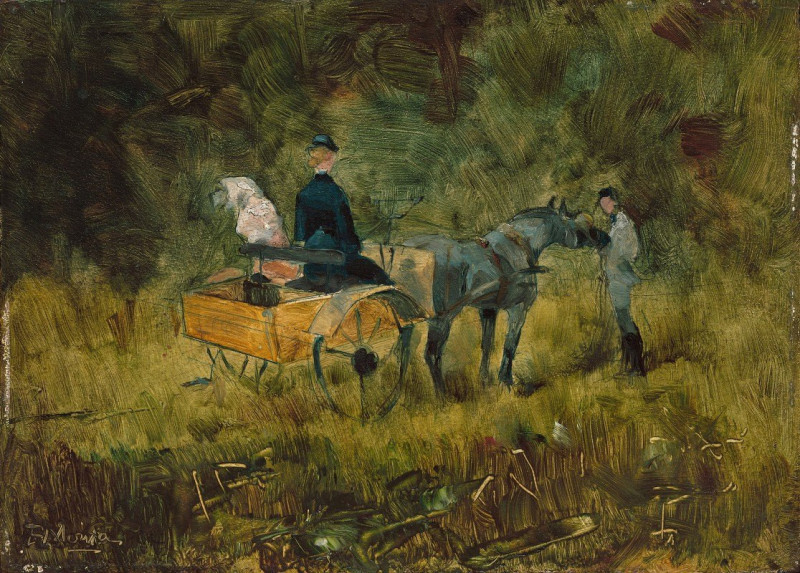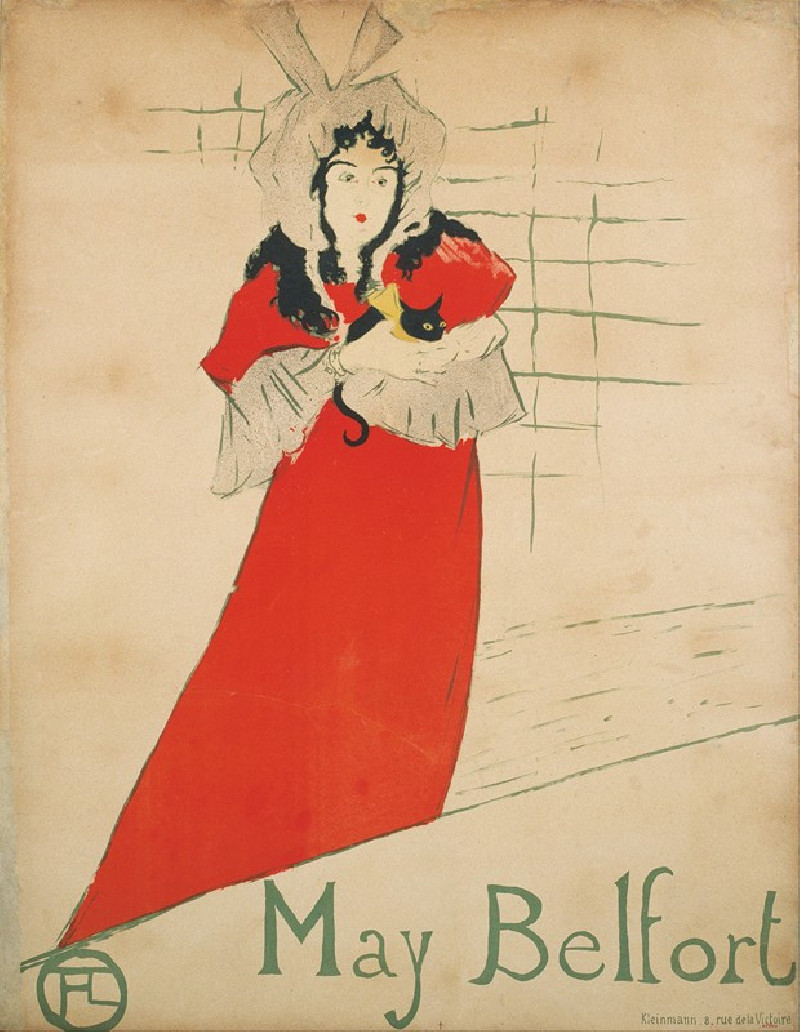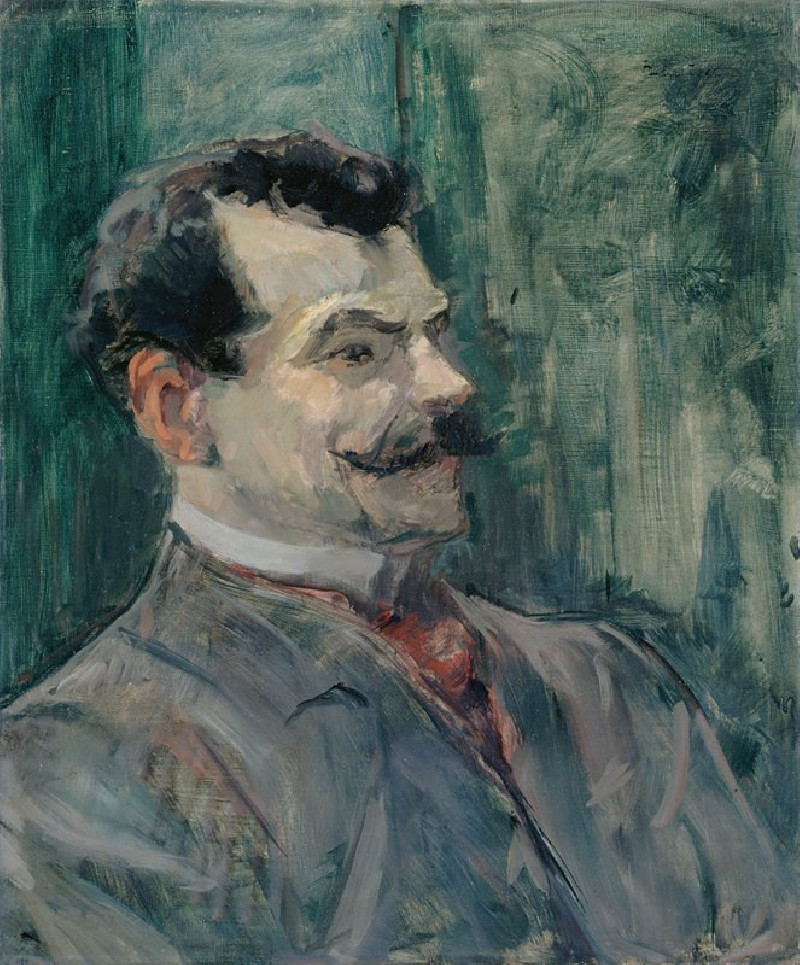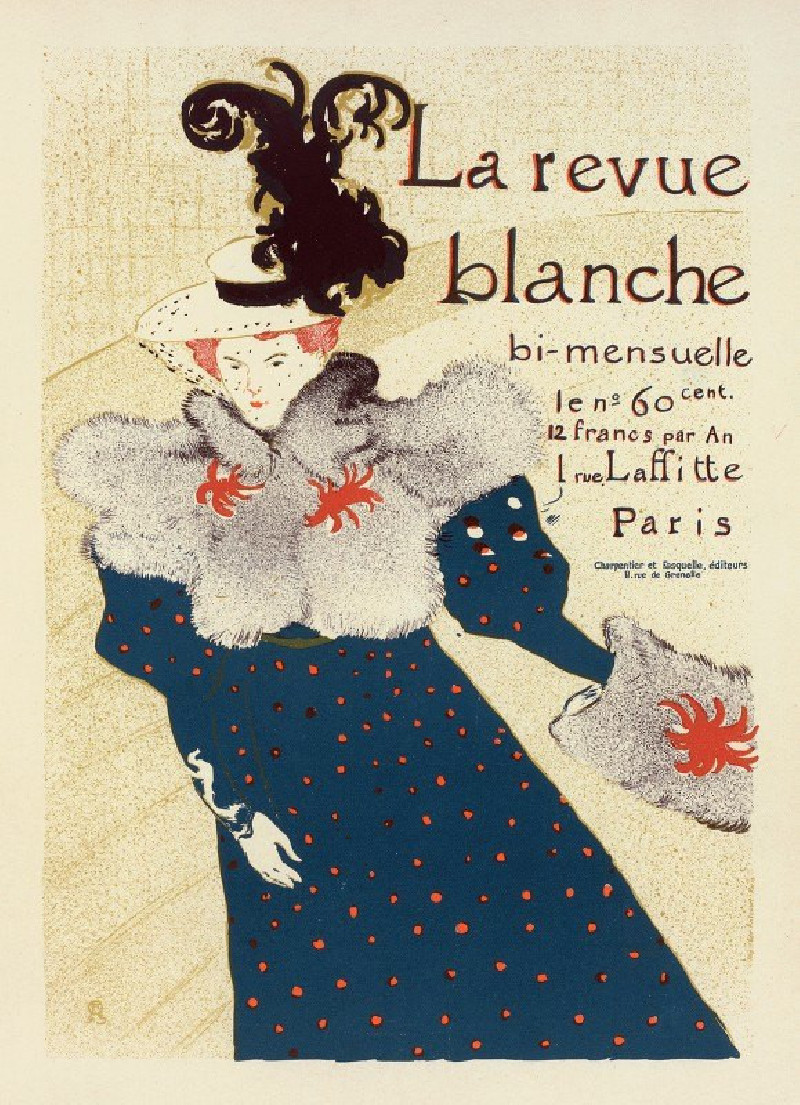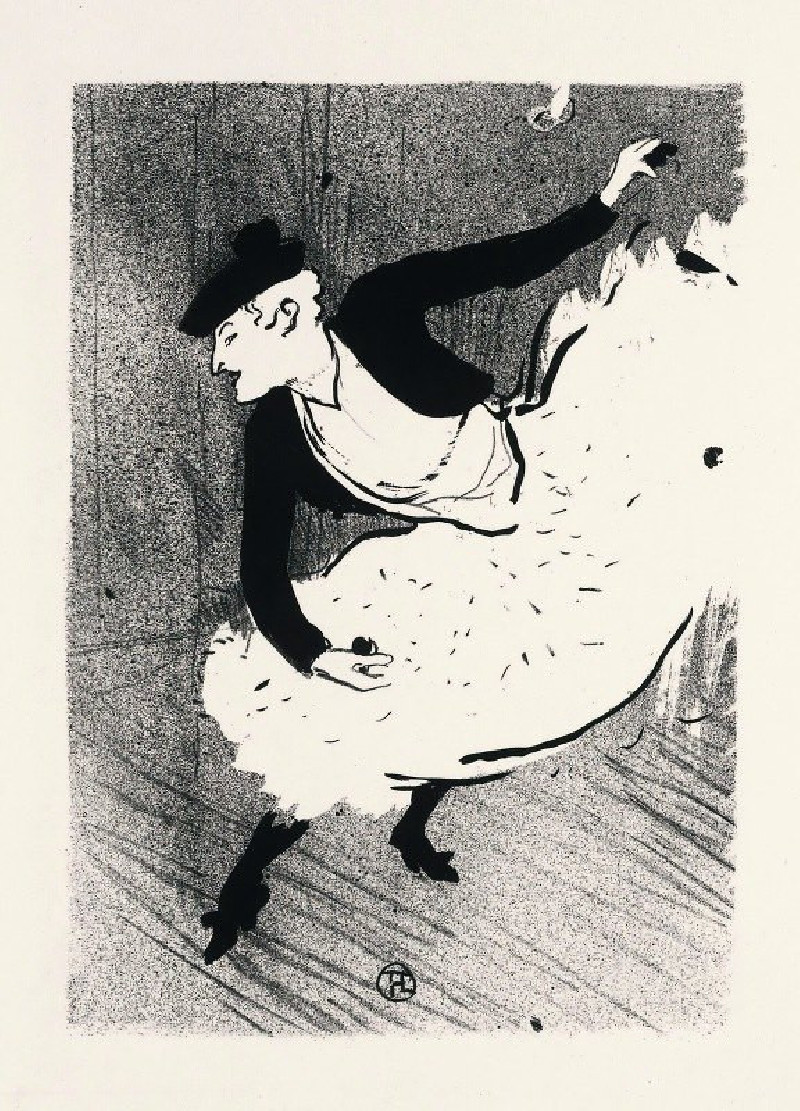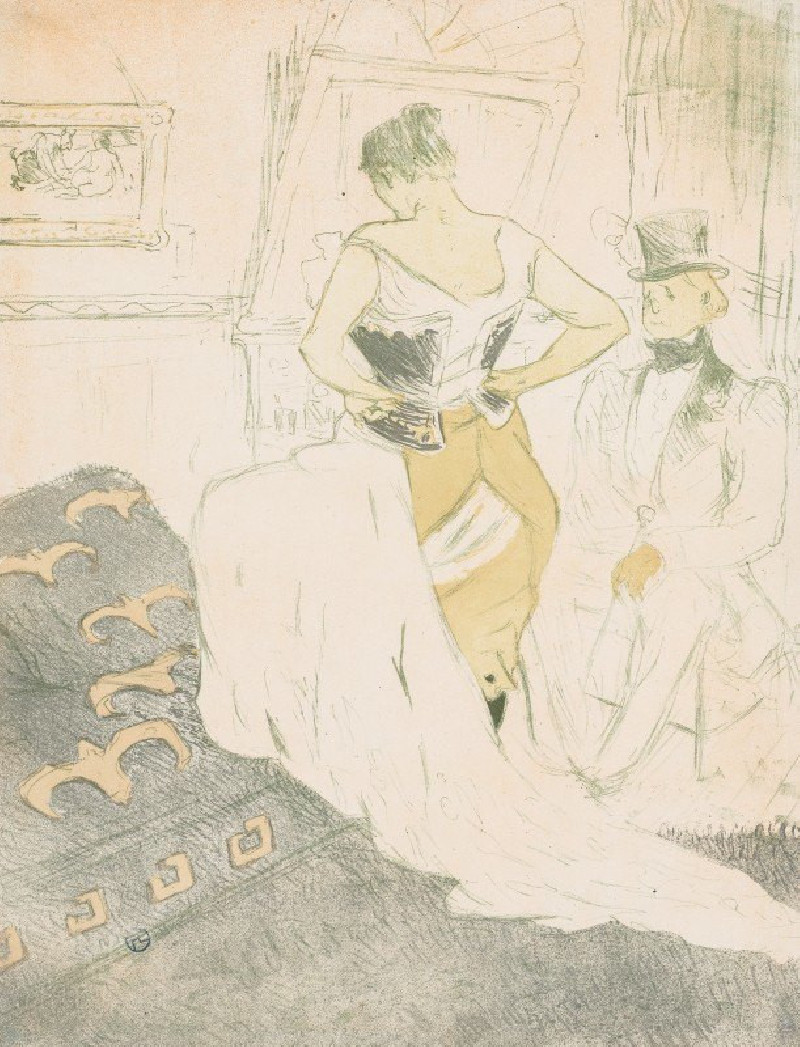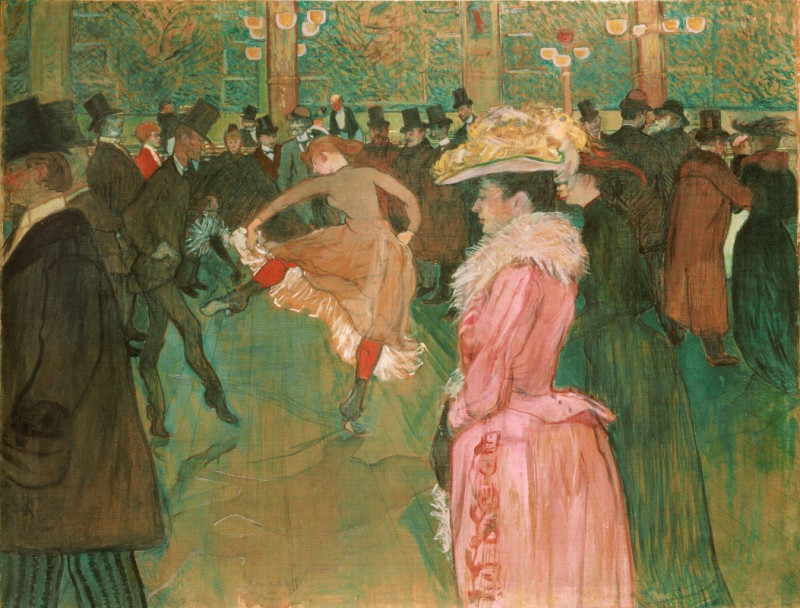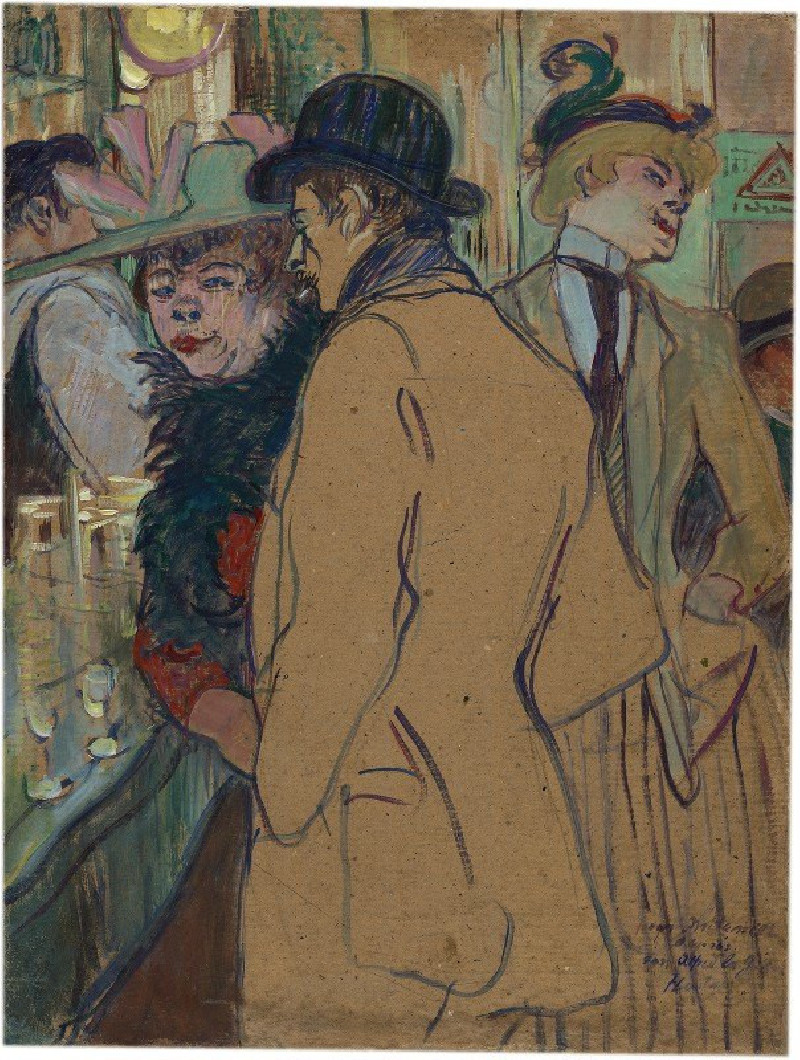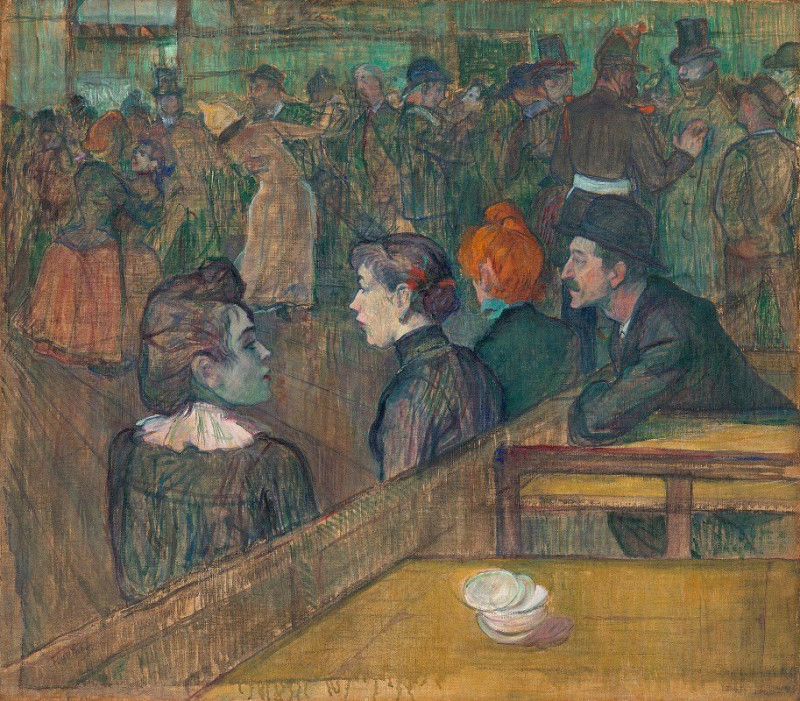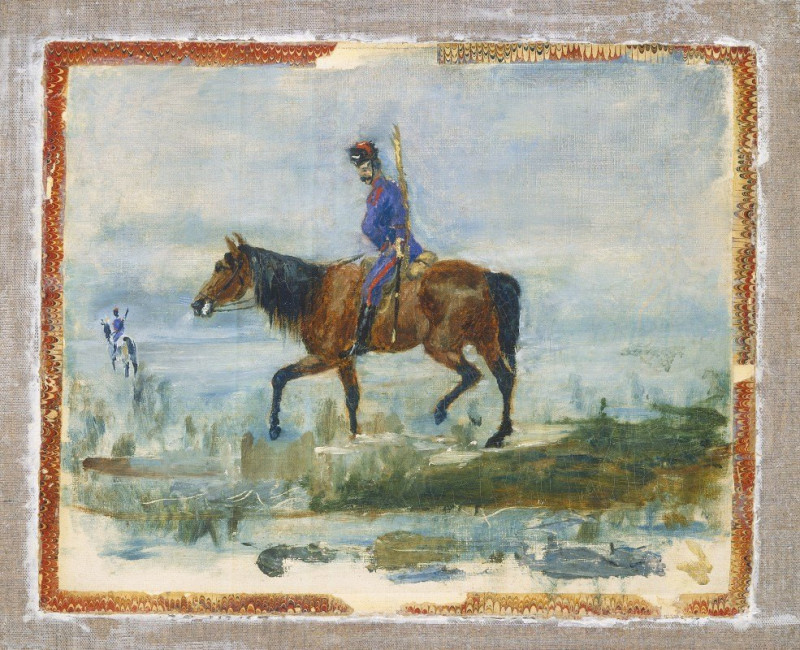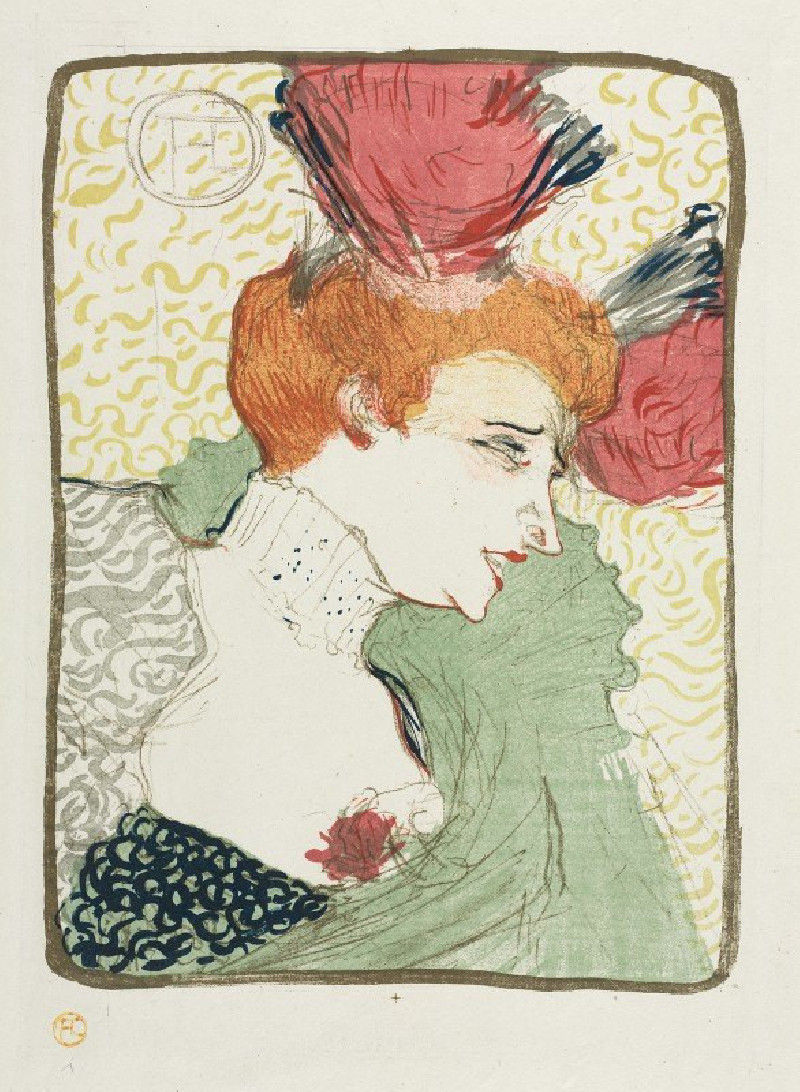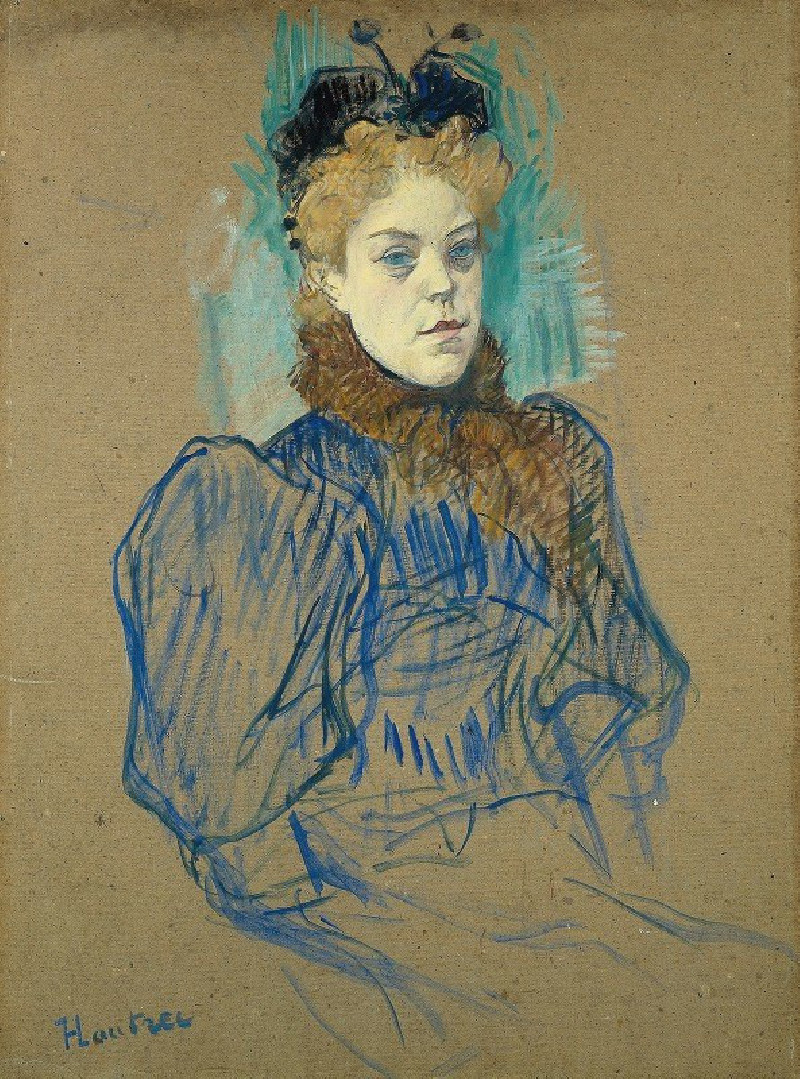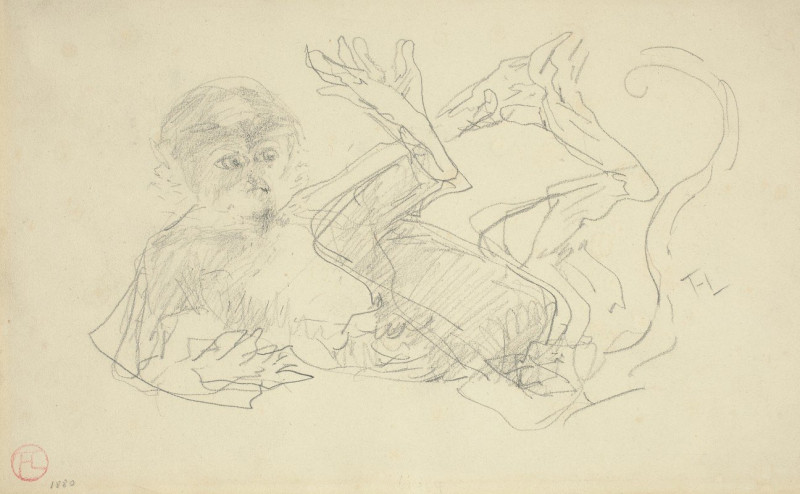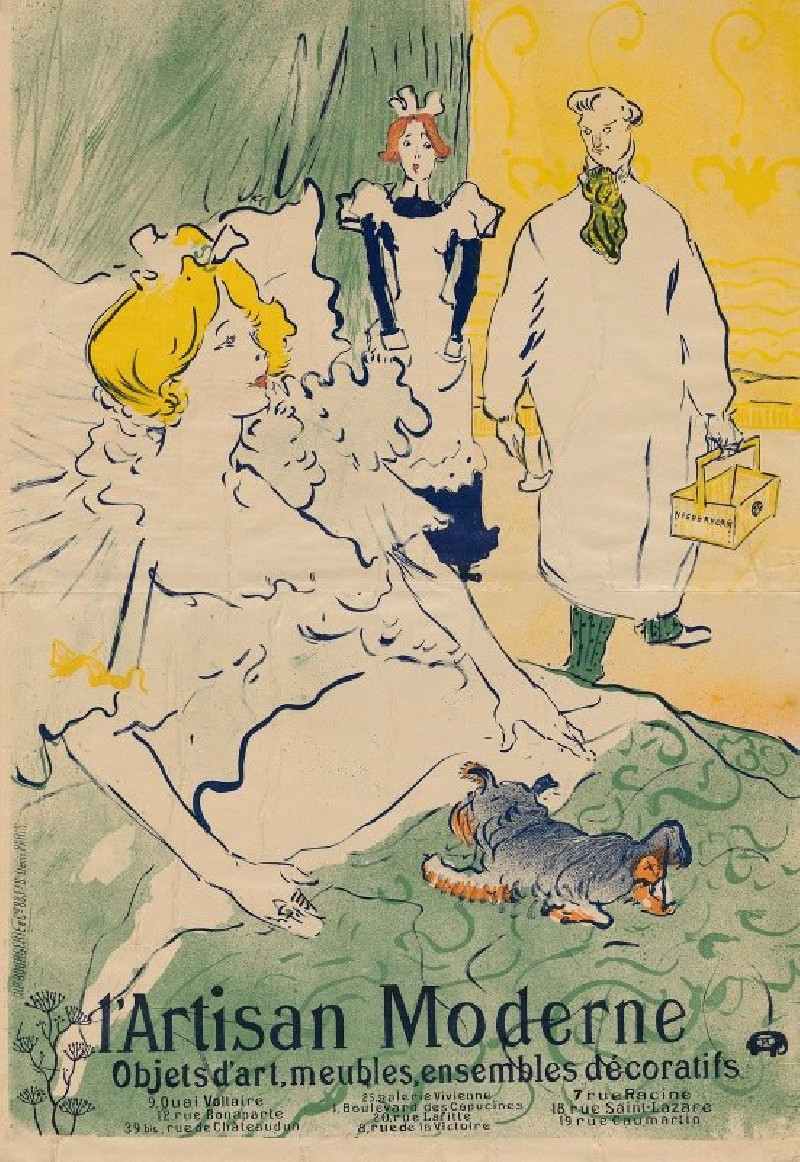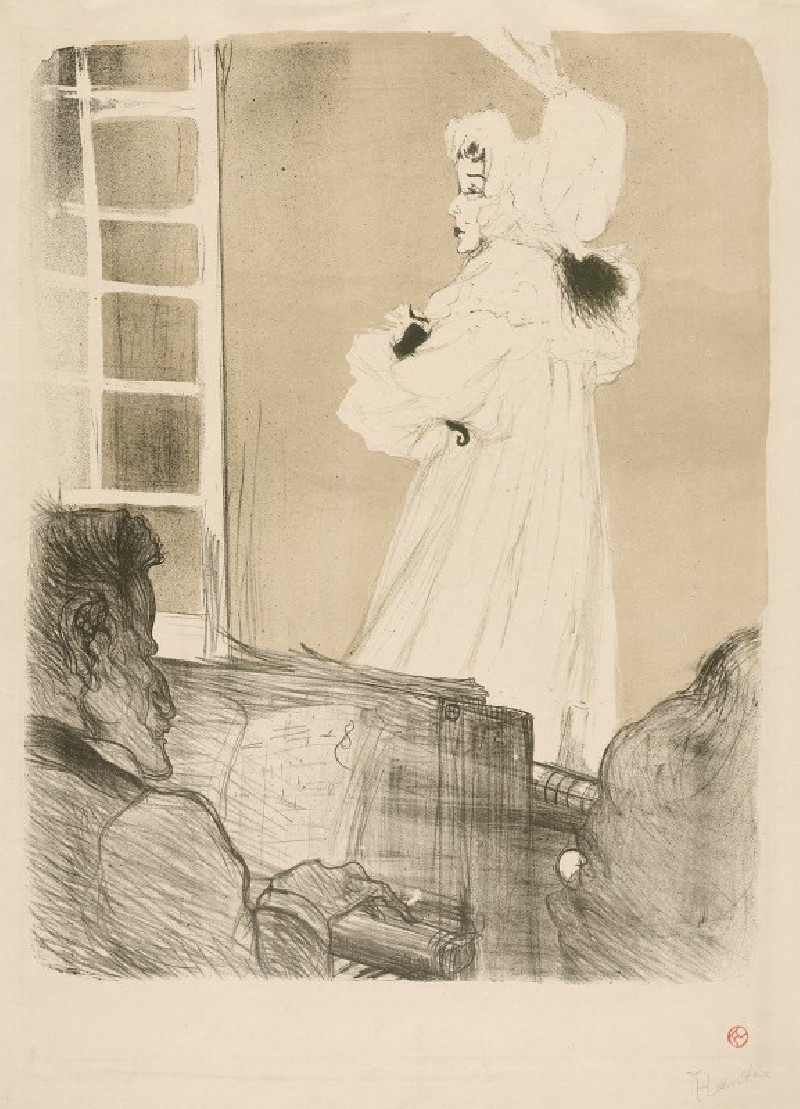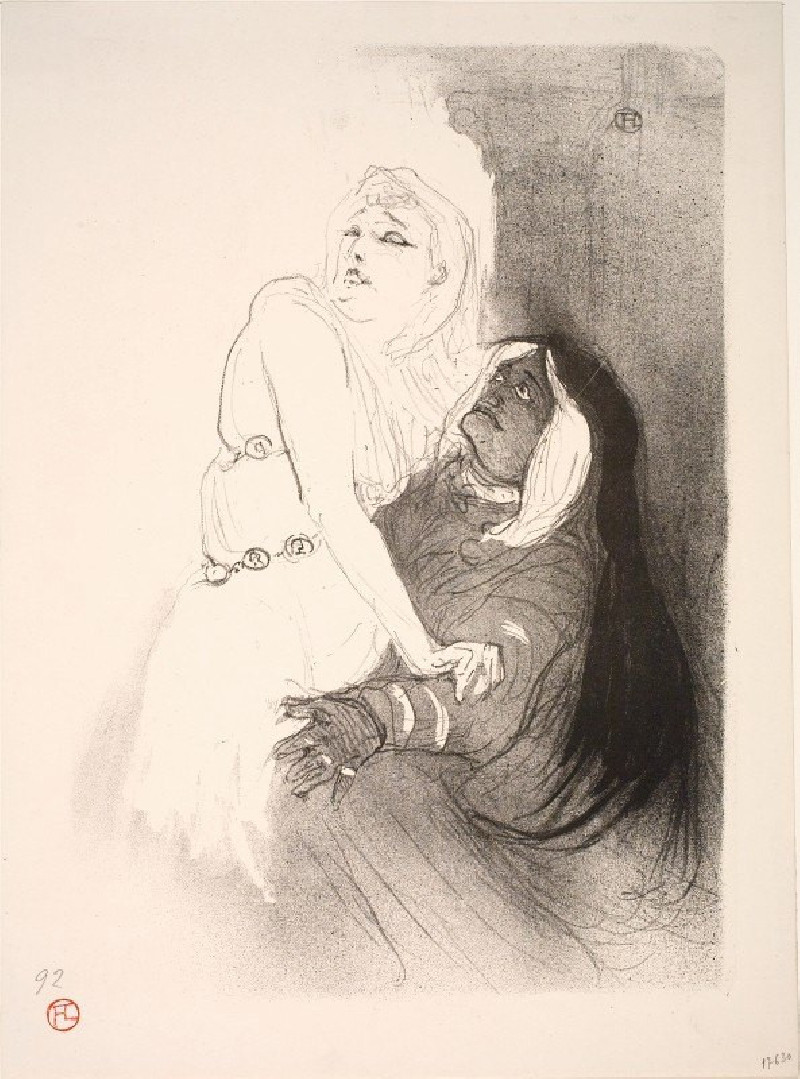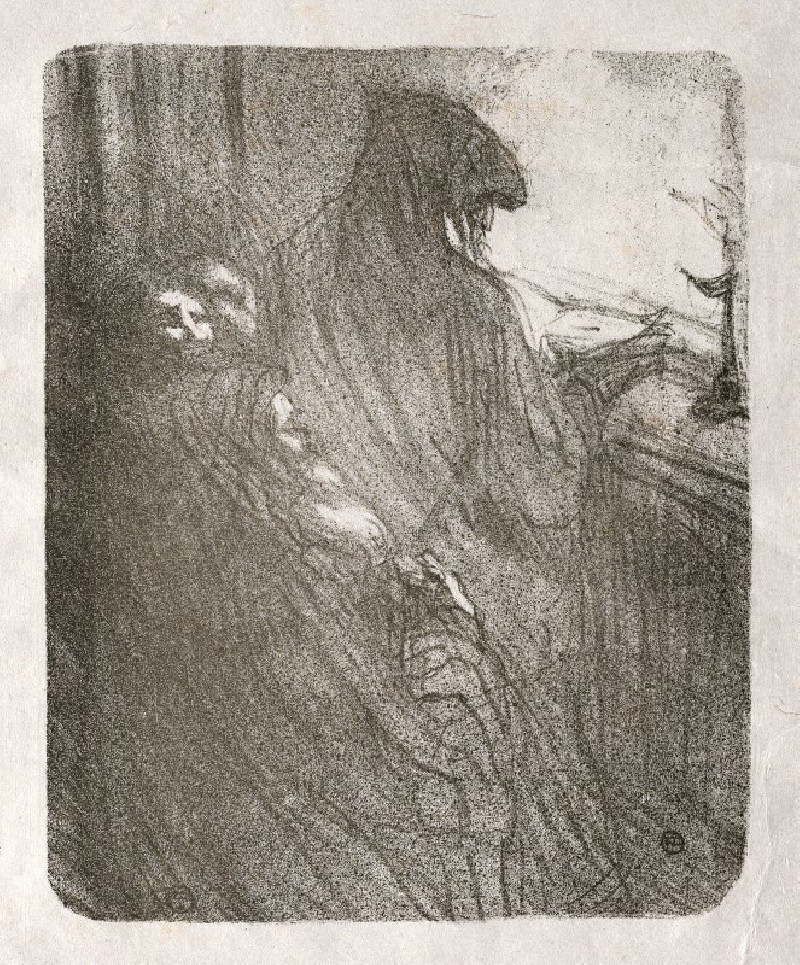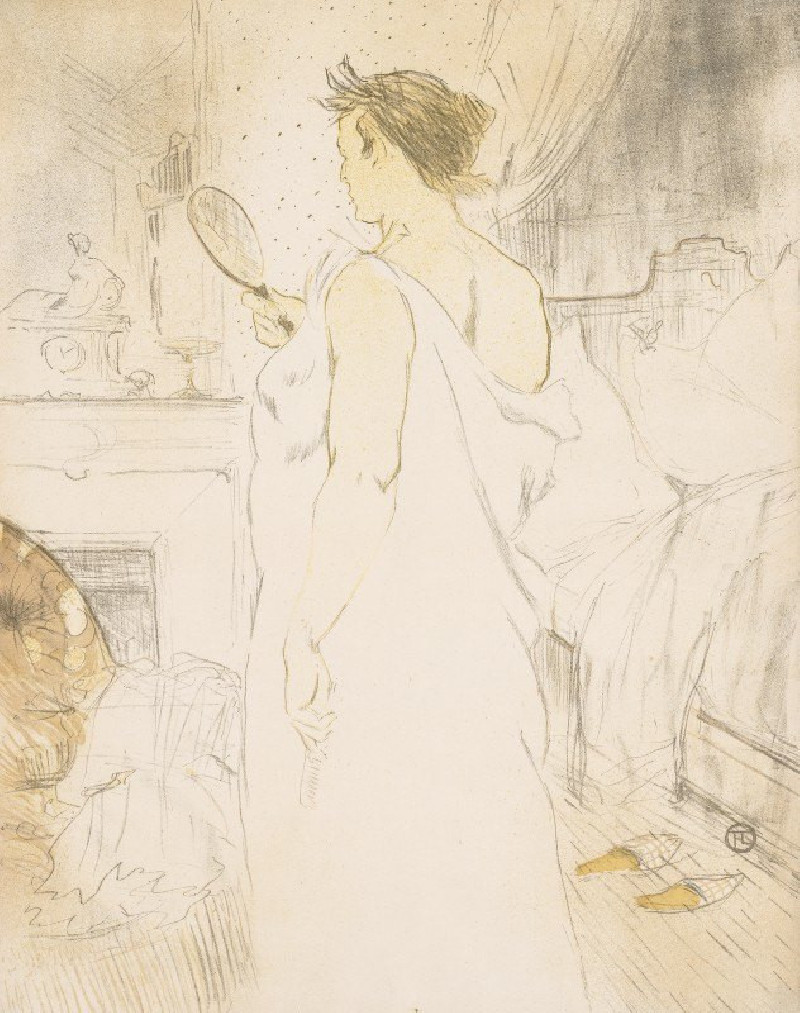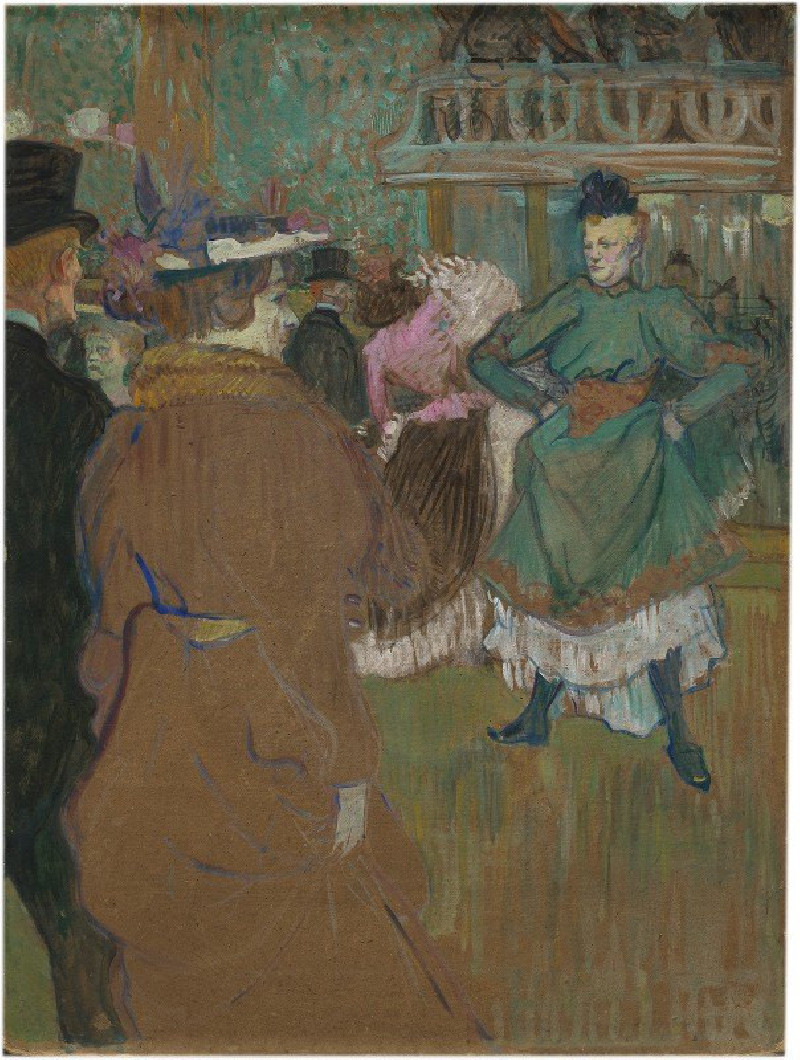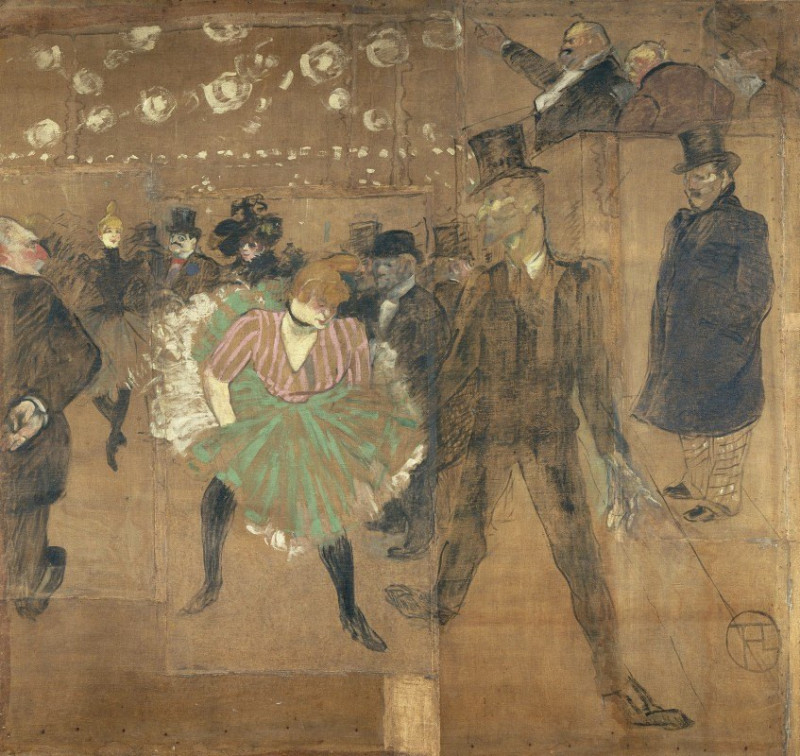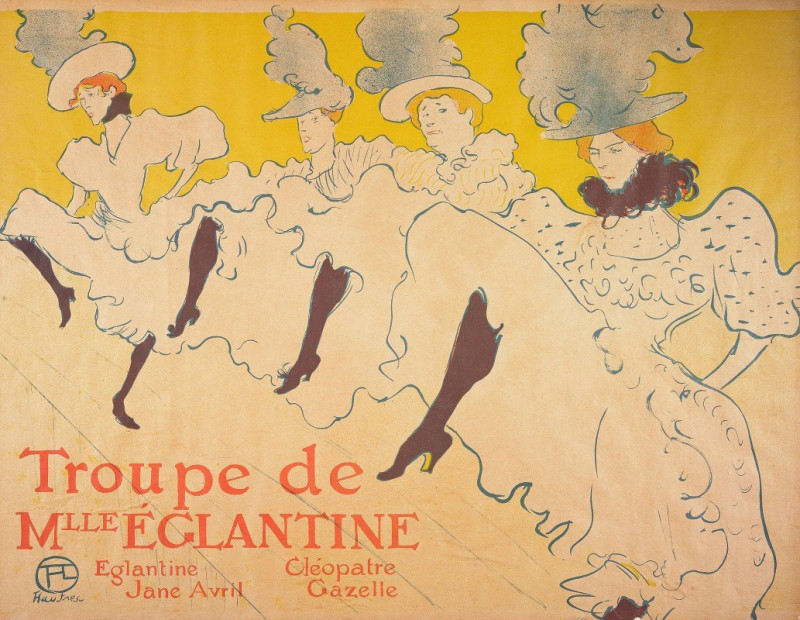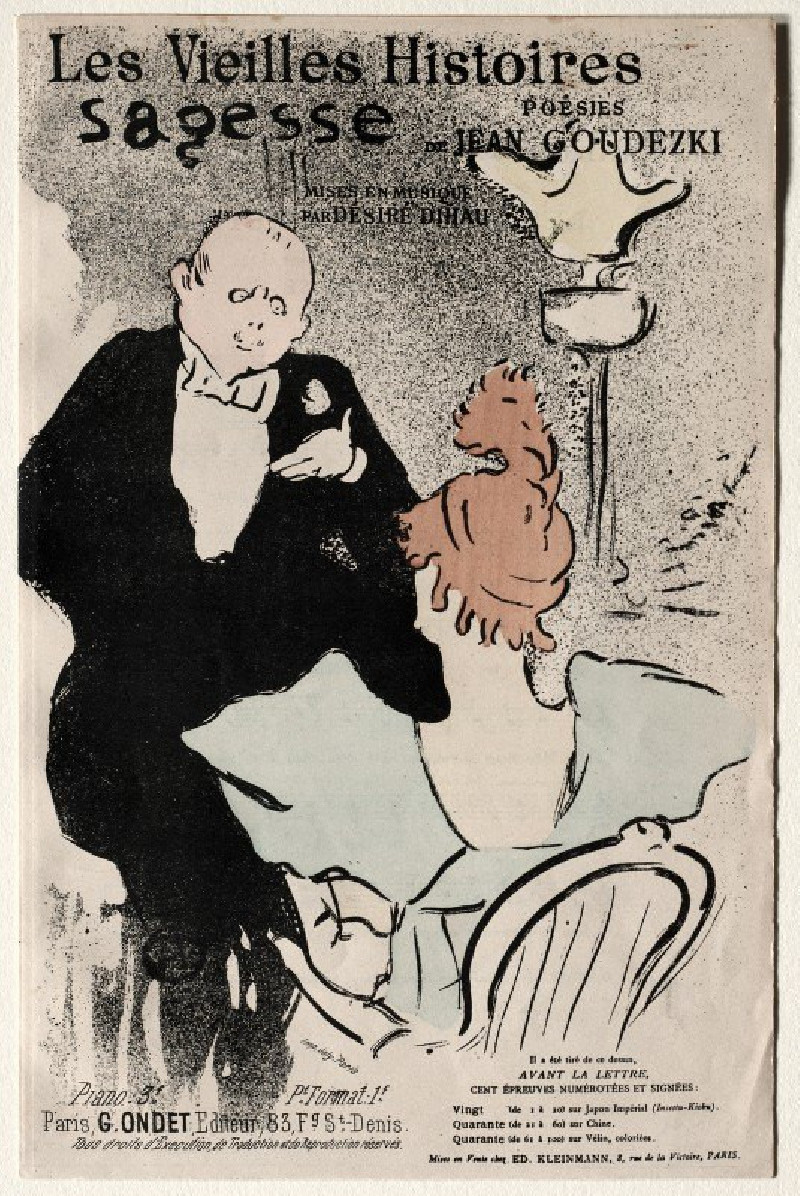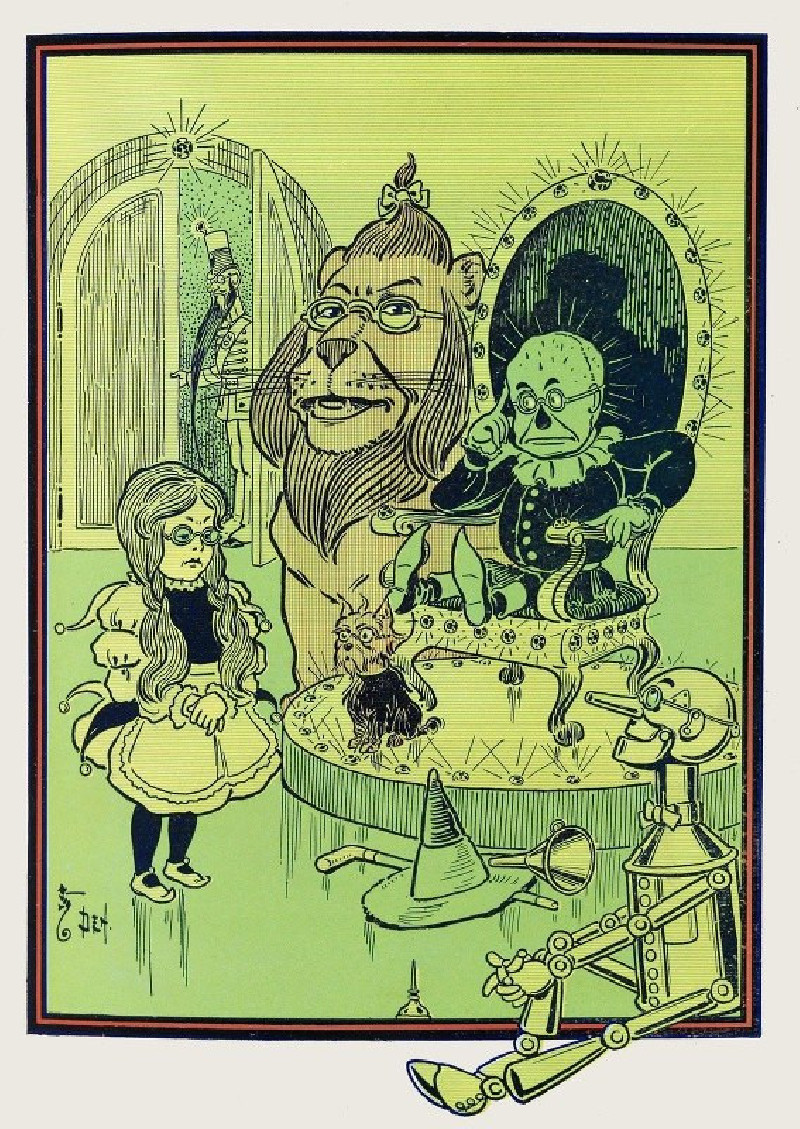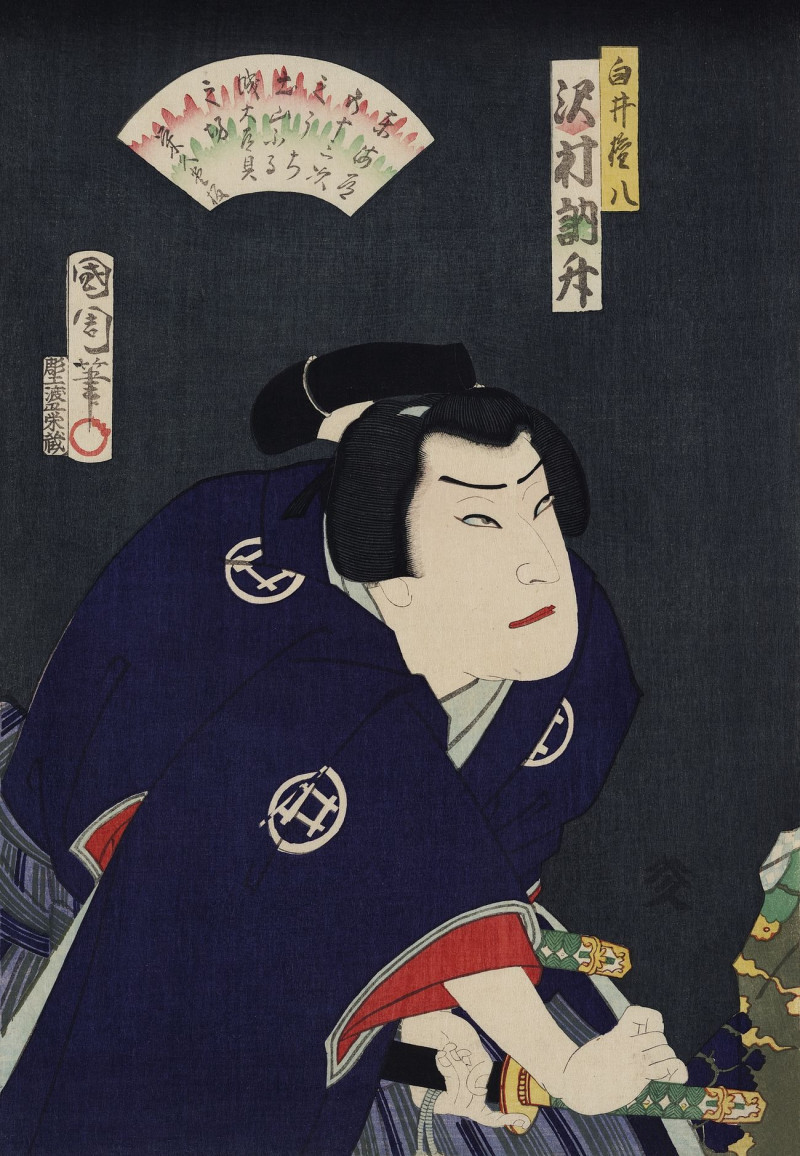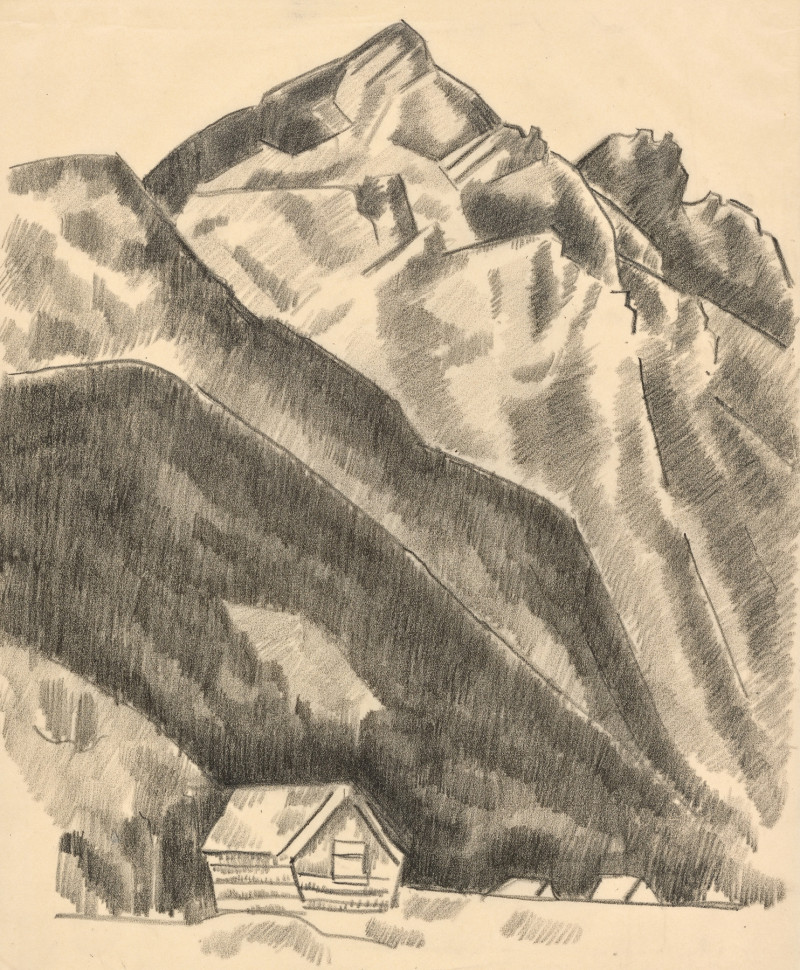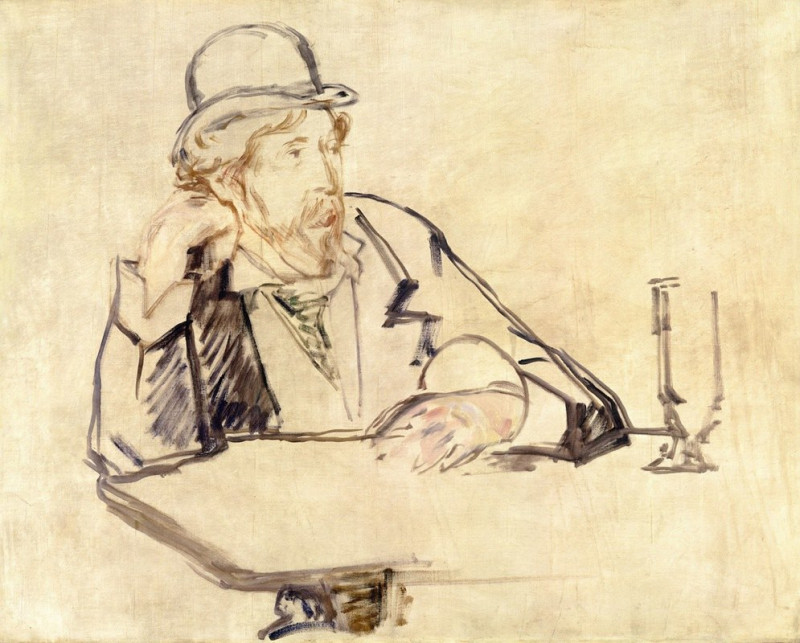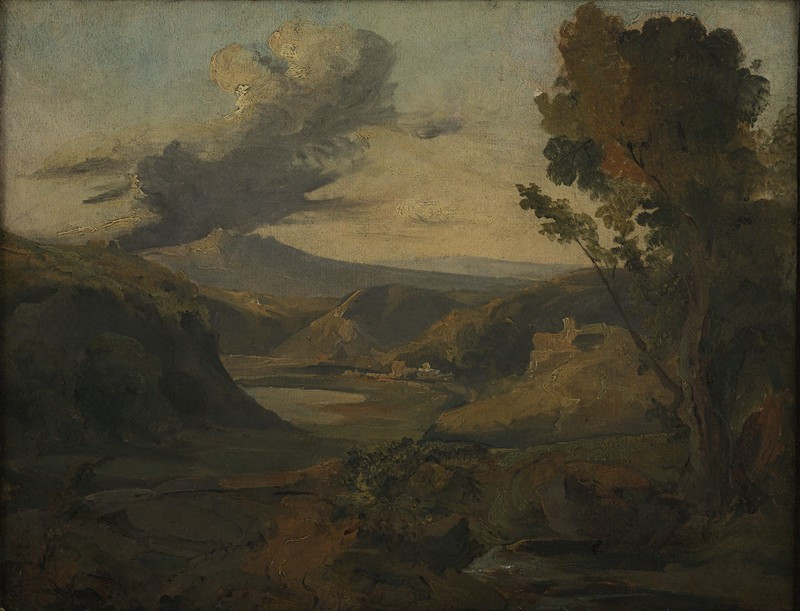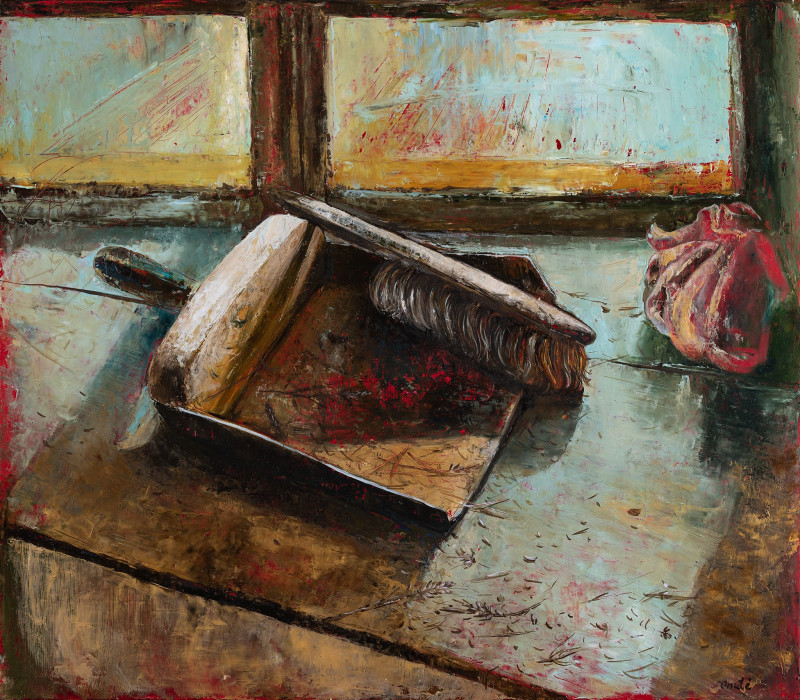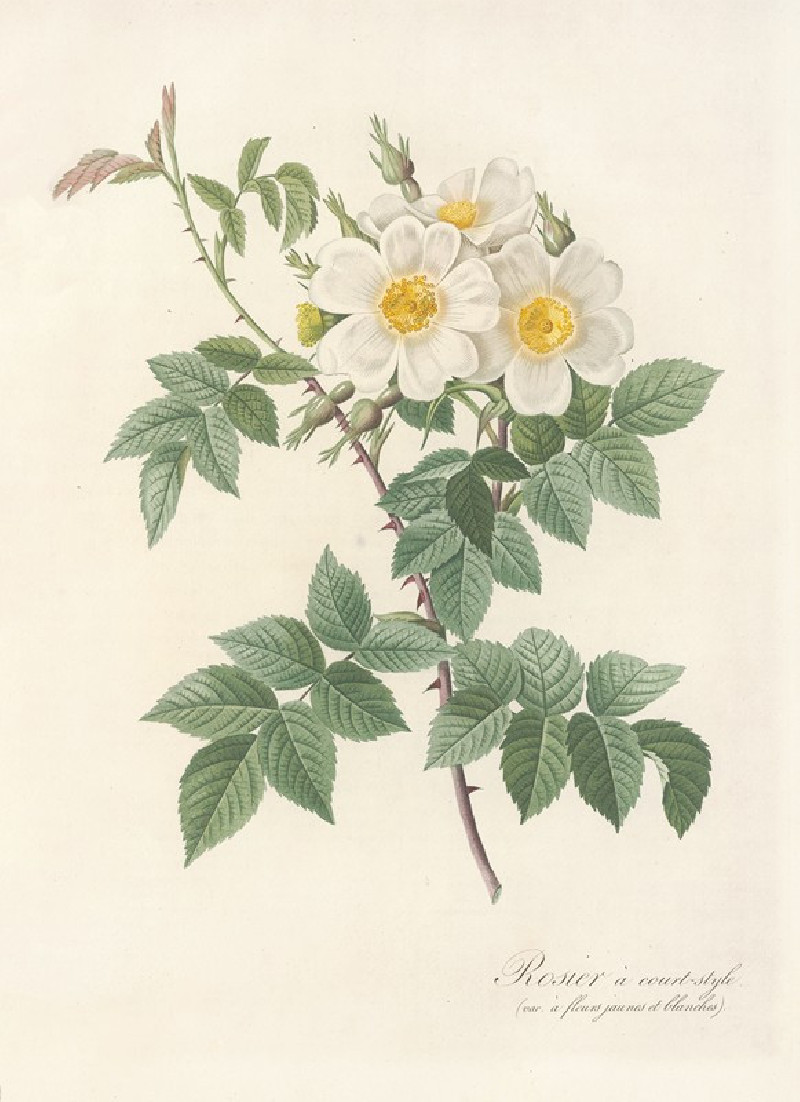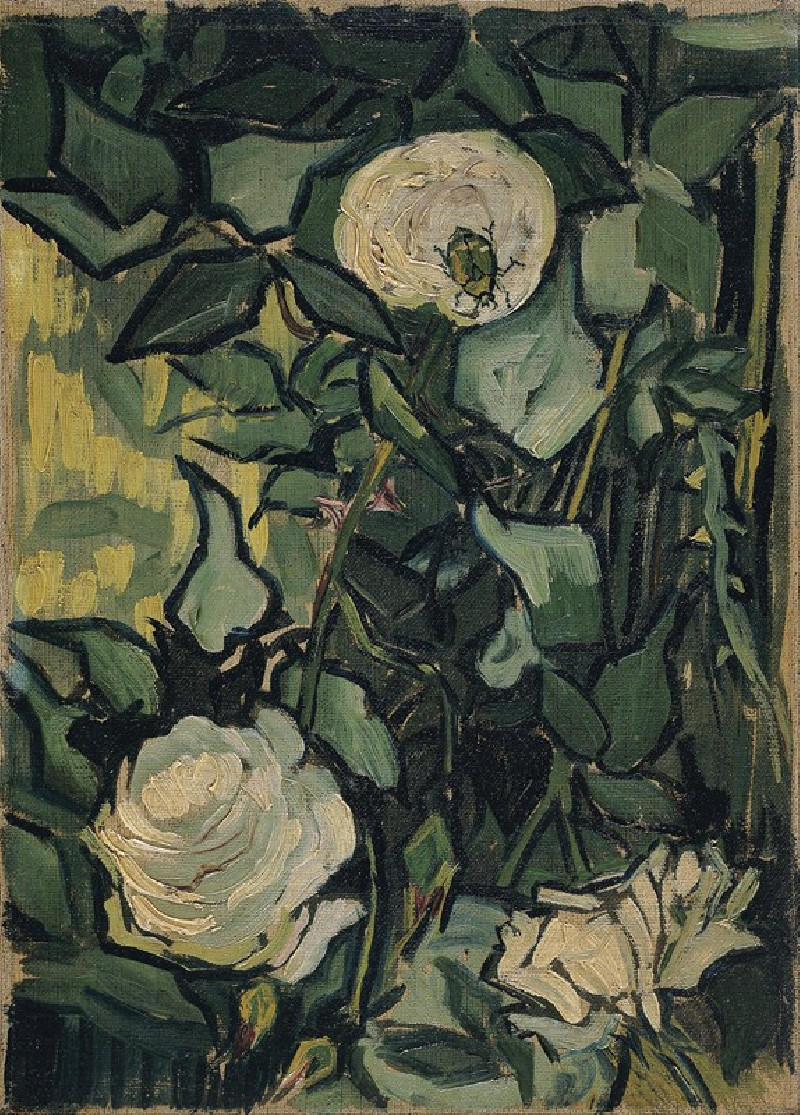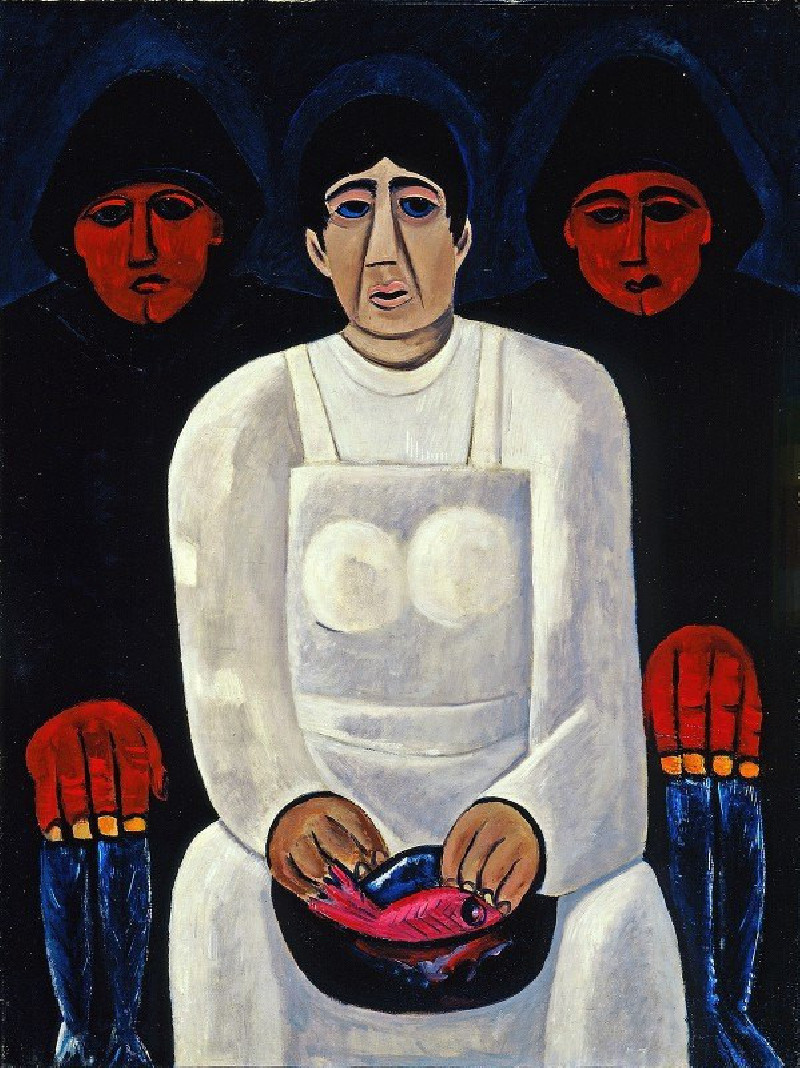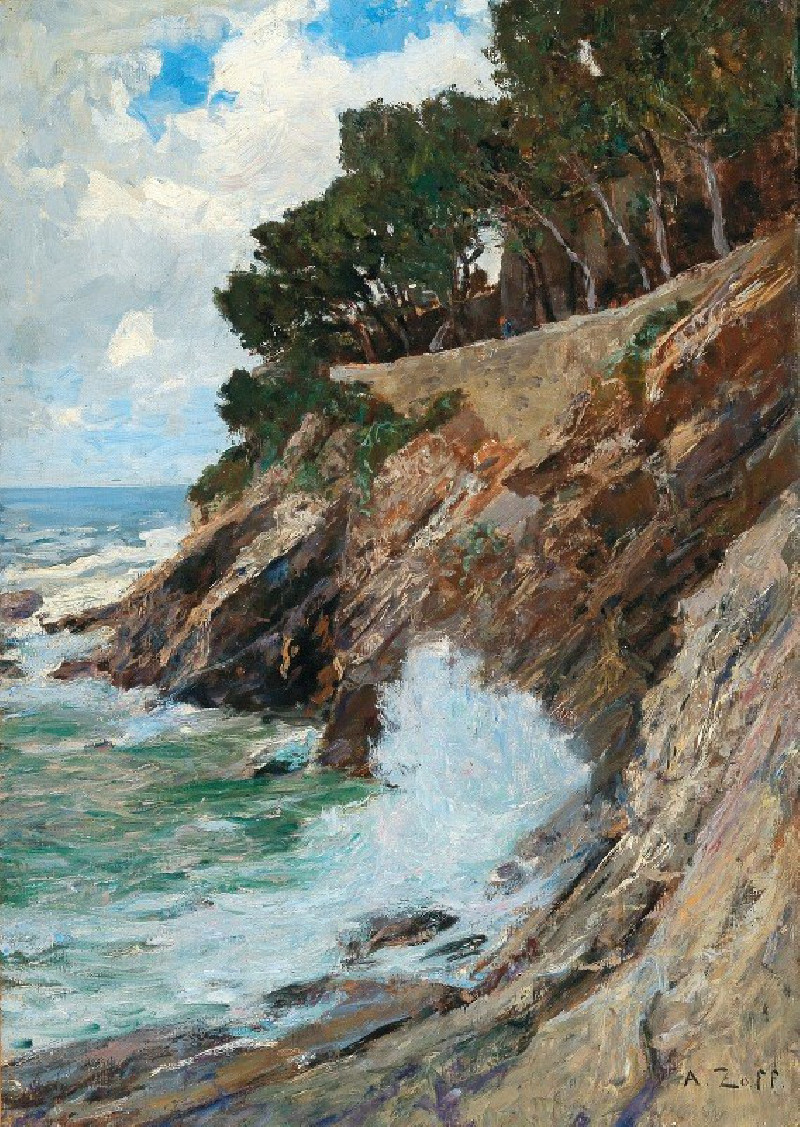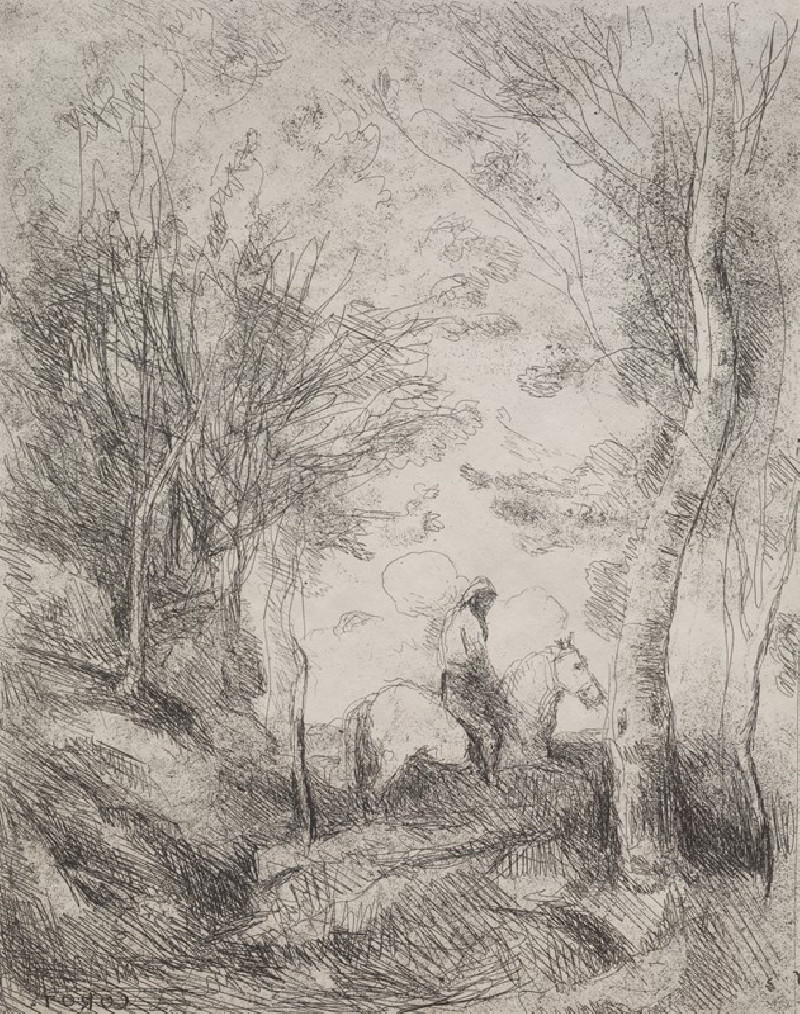The Trap (1880)
Technique: Giclée quality print
Recommended by our customers
More about this artwork
"The Trap," painted in 1880 by the renowned artist Henri de Toulouse-Lautrec, provides a fascinating glimpse into rural life in the late 19th century. This painting captivates the viewer with its dynamic composition and the artist's characteristic brushwork.At the heart of the painting, we see a traditional horse-drawn cart, or trap, which lends the artwork its title. The cart is positioned prominently in the foreground, its wooden structure and metal components rendered with careful, textured strokes of paint. The trap is occupied by a seated figure, clad in dark clothing with a hat, who appears to be observing something beyond the frame, adding an element of narrative curiosity.Beside the horse, which is depicted in shades of gray and stands patiently in harness, there is another figure. This character, standing and facing the horse while holding its reins, contributes to the story-like quality of the scene. The interaction suggests a moment of pause, perhaps preparatory to journeying onward.The background is a lush portrayal of an open field, with thick impasto strokes creating a vibrant texture that conveys the wild, untamed nature of the environment. This technique adds depth to the scene and contrasts effectively with the more detailed treatment of the figures and the cart.Henri de Toulouse-Lautrec's "The Trap" is more than a mere depiction; it is a narrative frozen in time, a snapshot of rural existence that evokes the simplicity and the challenges of pastoral life.
Delivery
Returns
Comte Henri Marie Raymond de Toulouse-Lautrec-Monfa (24 November 1864 – 9 September 1901), known as Toulouse Lautrec was a French painter, printmaker, draughtsman, caricaturist, and illustrator whose immersion in the colourful and theatrical life of Paris in the late 19th century allowed him to produce a collection of enticing, elegant, and provocative images of the sometimes decadent affairs of those times.

